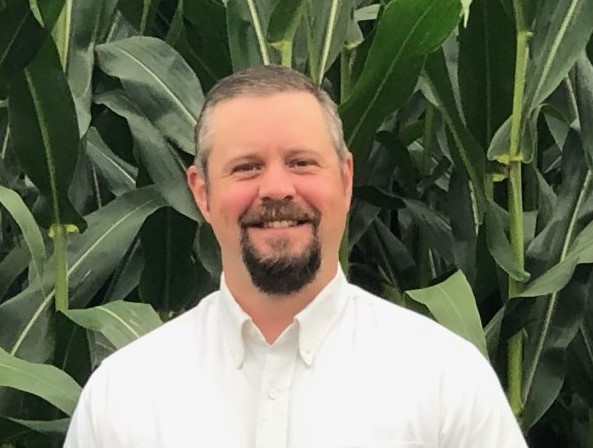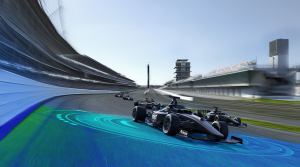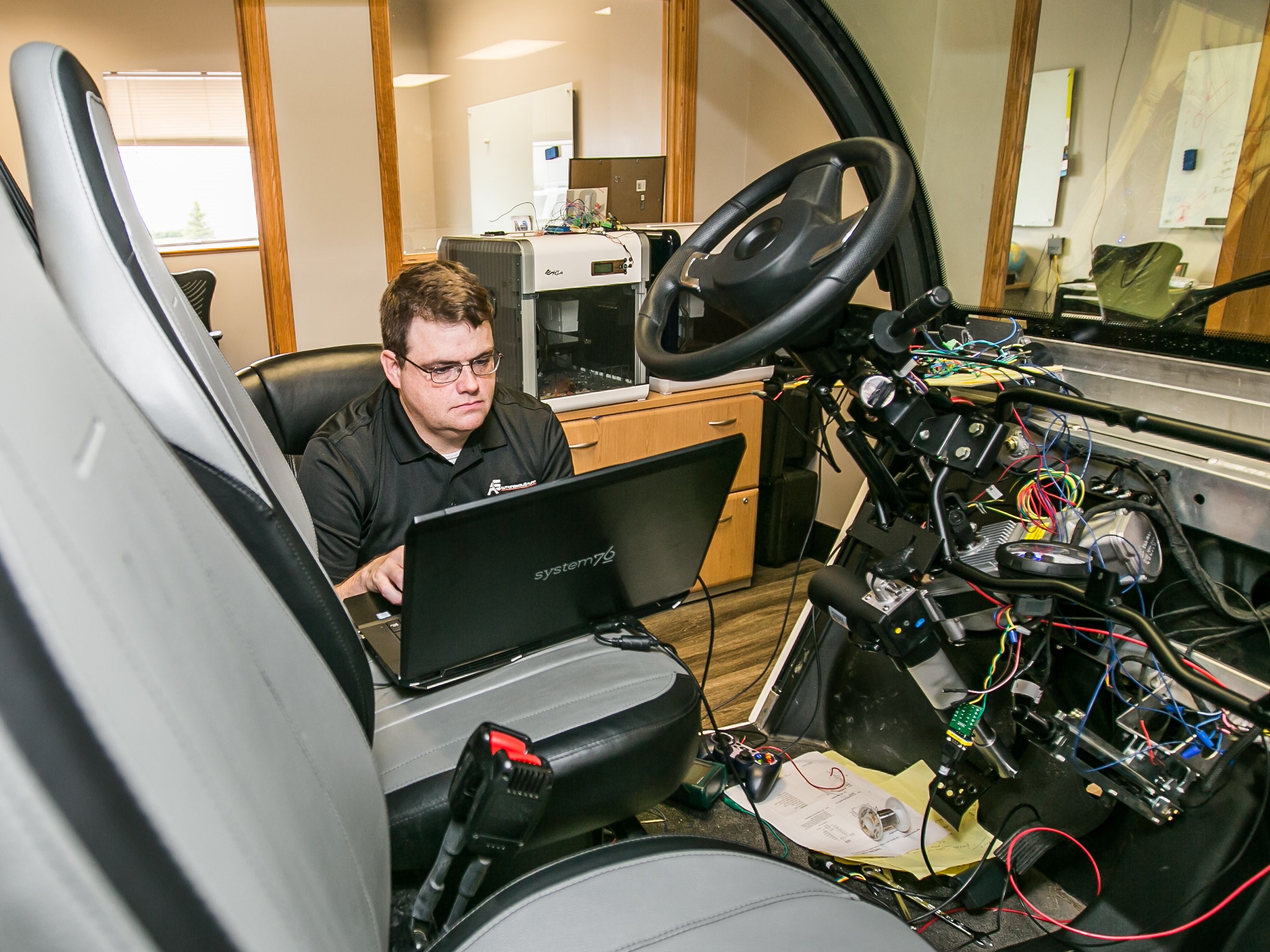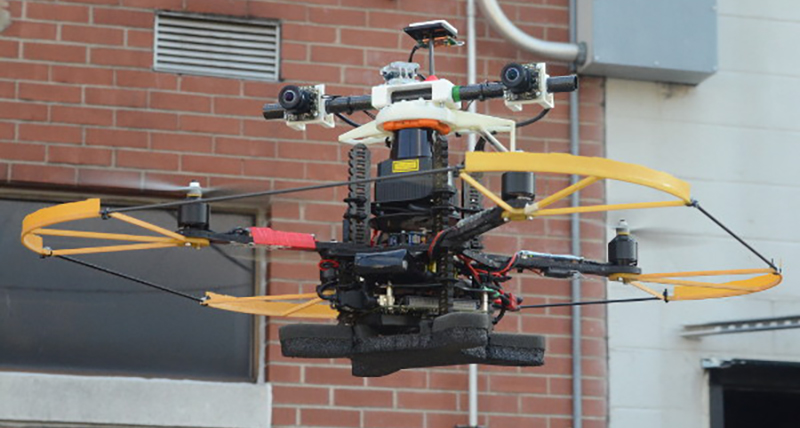
Caleb Chain, integration services manager at Hexagon | AutonomouStuff, explains how to achieve fully autonomous solutions through sensor fusion and positioning technologies.
 An autonomous future promises industries a more efficient, sustainable and profitable future. To get there, companies and OEMs must pivot to stay at the cutting-edge of technology, including GPS/GNSS positioning technologies, sensor fusion and navigation sensors providing safe operation and navigation.
An autonomous future promises industries a more efficient, sustainable and profitable future. To get there, companies and OEMs must pivot to stay at the cutting-edge of technology, including GPS/GNSS positioning technologies, sensor fusion and navigation sensors providing safe operation and navigation.
But how will companies overcome the knowledge gap of their current processes and enabling autonomous solutions?
Hexagon | AutonomouStuff is a leader in by-wire autonomy and sensor fusion capabilities. We collaborate with companies and universities to develop autonomous applications across industries.
We sat down with Caleb Chain, integration services manager at AutonomouStuff, to learn more about how positioning and navigational technologies like lidar, photogrammetry and GNSS combine to enable autonomy from the inside out.
What are the types of technologies you integrate onto different platforms?
Most of the platforms we integrate have a GNSS/GPS solution – platforms being the vehicle, whether on-road, off-road, in the field or the mine, or even at sea or in the air. GNSS is an integral part of positioning and is used with other sensors to localize the platform as it navigates through the world. The typical system we work with will have lidar and radar for object detection and localization. Cameras will alert the system to visual cues in the environment, including localizing and detecting objects as well as for navigation. These sensors all run in proprietary software using a high-definition map that combines the collected data to understand the platform’s position in the world and navigate safely through it. We also work intimately with the vehicle’s by-wire system, which provides the autonomy software with an avenue to command and control the vehicle electronically.
What are some examples of use-cases of these autonomous platforms?

AutonomouStuff is collaborating with universities as they participate in the Indy Autonomous Challenge and compete to enable autonomy at high speeds.
Any platform can become autonomous, whether a UAV, a marine vessel or a military platform. We integrate autonomous technology into whichever platform best serves our partner’s goals. A platform could be on- or off-road, or a project expanding an R&D enterprise or university project that demonstrates autonomy is possible in their industry.
For example, we’ve been working with Clemson University as part of the Indy Autonomous Challenge, where university engineering students compete to design a fully autonomous race car. While we integrate sensors onto the platform, the students customize their software to best enable autonomy at high speeds.
If you need to integrate an autonomous system, we can work with you to create a solution – our team has the experience and skill to take a client’s project to a higher level towards full autonomy.

Get an inside look at our latest demonstrator vehicle and the positioning and sensing technologies used to enable a fully autonomous tractor.
What does the integration process look like?

Our teams take apart our partner’s platform, handle the installation of by-wire products, lidar and radar sensors, cameras and more. These are wired into a positioning software engine that outputs the safe navigation and positioning required to achieve a fully autonomous platform.
We tailor the process to suit the customer or project requirements – different applications require different sensors, cameras and other equipment. The client will send us their desired platform and our team begins disassembling to create wire pathways and build a framework for mounting hardware. Then, we install the computing system, sensors and other hardware that will support the positioning software engine.
Typically, this installation is done in an R&D style so that the components are easily swappable – enabling the client to rapidly test, develop and advance their projects quickly and efficiently. We can also integrate sensors and other autonomous technologies in a showroom-style where the platform looks and feels like a finished assembly line vehicle.
The goal is both form and function. We work hard to give our clients the autonomous platform they need.
Autonomous technologies develop and change rapidly – how has the technology changed since joining the integration team?

Recently, AutonomouStuff worked alongside the University of Pennsylvania’s engineering lab to research and develop autonomous capabilities on unmanned aerial vehicles, seen here.
The best thing about being AutonomouStuff’s integration services manager is observing the evolution of what we can accomplish with new and changing technologies. When I began, we had a narrow portfolio with a handful of platforms. Now, these platforms go both on- and off-road. We have land well covered and we have our eyes set on air and sea next.
Every day is a new challenge – this could be in the form of a brand new by-wire product, a showroom-style lidar mount on a brand-new vehicle, integrating autonomy on a large tractor, or an R&D camera mount on a UAV prototype. We never know what the next project may bring. The exciting part of our work is watching what the platforms accomplish after integration. The client’s end-product is always the most exciting part of the work.
…
AutonomouStuff’s integration services take your project closer to full autonomy than ever before.
See how we helped universities and companies with the research and development of autonomous applications in AutonomouStuff’s series of case studies.

All images: Hexagon | AutonomouStuff
This page was produced by North Coast Media’s content marketing staff in collaboration with Hexagon. NCM Content Marketing connects marketers to audiences and delivers industry trends, business tips and product information. The GPS World editorial staff did not create this content.









